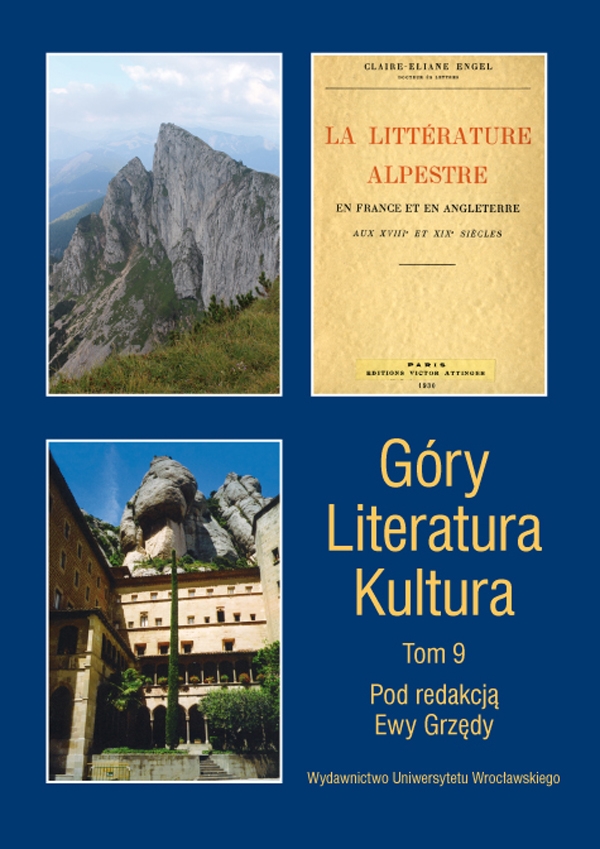

Articles

Music in Stanisław Vincenz’s Na wysokiej połoninie [On the High Mountain Pastures] and Hutsul music
The author draws on Andrzej Hejmej’s concepts of three types of musicality in literature. Although all three types can be found in Stanisław Vincenz’s Na wysokiej połoninie, the author focuses on type II, i.e. descriptions of music, especially music made by people. In his entire Hutsul tetralogy Vincenz describes various kinds of music: from Hutsul music to Mozart, the sound of harmony, Jewish, Gypsy and Hungarian music, sporadically also mentioning devilish and heavenly music. On the other hand, the article does not examine the extraordinary wealth of descriptions of the sounds of nature. Hutsul music is evoked in a radical manner by Vincenz, who places sheet music before several chapters of Volume I. In addition, he frequently cites songs, both traditional Hutsul songs as well as their compilations and his own original poetry. Another way of evoking music is through frequent references to Hutsul instruments with their rich symbolism. The most important instrument in the tetralogy is the floyera. This edge-blown pipe known in various variants from East Asia to indigenous Indian cultures is perhaps the most primeval, traditional shepherds’ instrument among the Hutsuls. Almost all important characters in the tetralogy play the floyera masterfully: the hoodlums Ołeksa Dobosz and Dmytro Wasyluk, the farmer Foka Szumej and story-teller Andrijko, the legendary headman and the greatest of them, Dmytro’s friend, Kudej. In Vincenz’s vision each of them uses his musical skill and magical or even mystical properties of the sounds and of the instrument itself in a different way. There are references to the myth of Orpheus and the parable of Job. Although the floyera is primarily a solo instrument, it can initiate song and takes its own songs from the murmur of the forest or sizzling of fire. Playing the instrument can make a space sacred, thus it expresses the whole gamut of the player’s emotions: from joy and rapture to sadness and grief. The descriptions of music in Vincenz’s work are decidedly poetic, they do not refer to specific compositions and the writer makes the description even more vivid by changing the perspective: from a description of sounds entering into dialogue with nature and other instruments, through a description of the musician’s behaviour and the listeners’ reactions, to the symbolic dimension of sound and its impact on its surroundings. The power of the floyera is shown to the full in the story of the Syrojida. Its main protagonist, Kudil, was able, thanks to the “divine music” of the floyera, to inspire a desire for freedom in the enslaved swinemen, and restore their original, plant nature to their tormentors. Ultimately, the symbolism of the instrument draws on the Cross and the Holy Spirit.